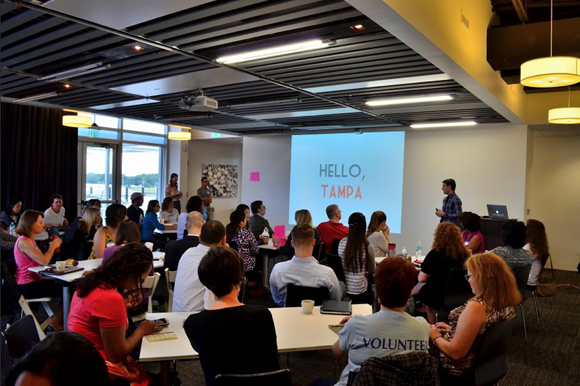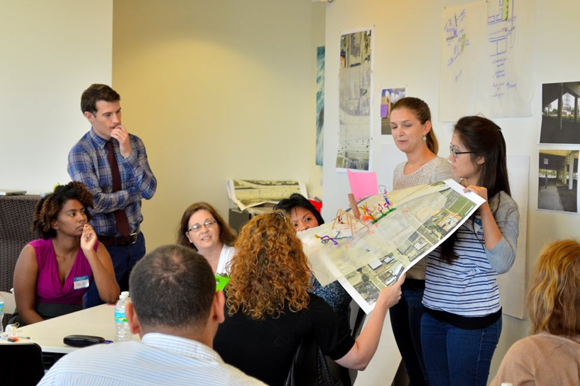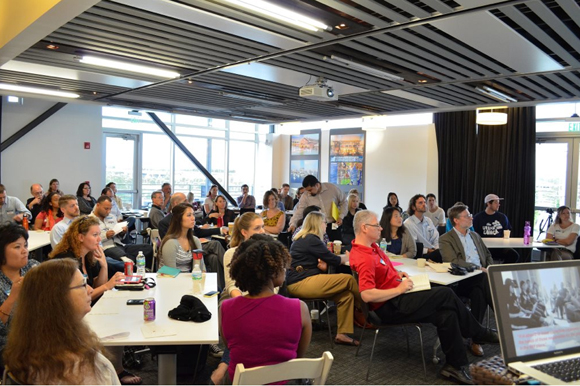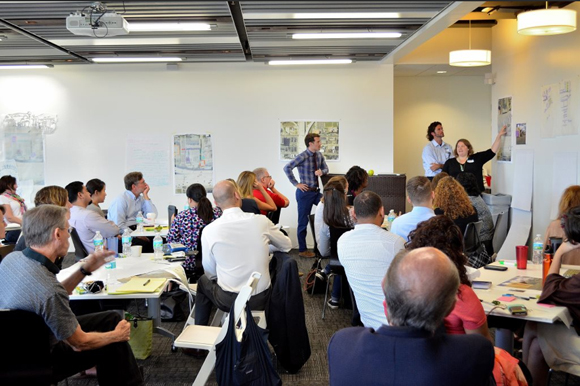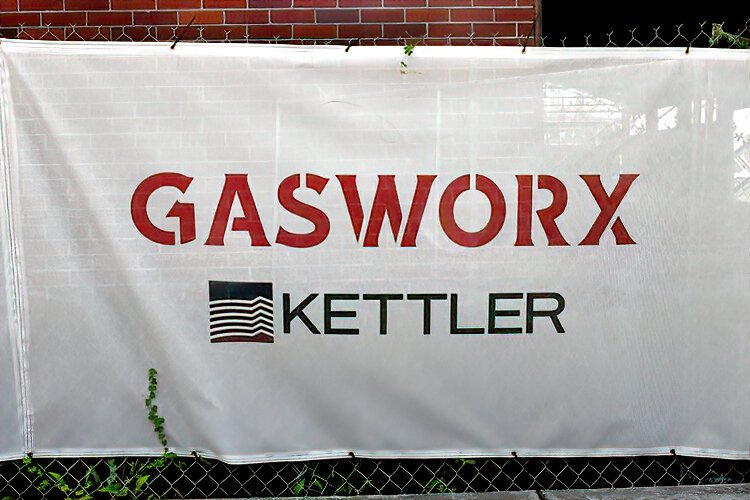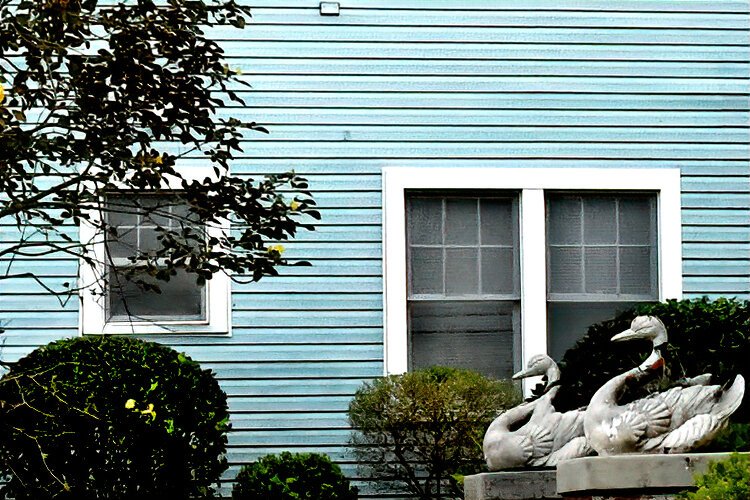City Lovers Engage Tactical Urbanism To Change Neighborhoods
A Tactical Urbanism Workshop in Tampa focuses on small actions that can lead to big changes in neighborhoods and communities. Parklets, Guerilla Gardening, Pavement-to-Plazas or street intersection repair are some examples of Tactical Urbanism being applied locally and in many cities.
Getting your Trinity Audio player ready...
As you drive down Tampa’s city streets and pass under elevated Interstate overpasses, imagine the grungy concrete turning into urban murals that become the backdrop for art shows, farmers markets and or even a display for classic automobiles.
Such is the vision that arises in a discussion about Tactical Urbanism (TU), a rapidly growing, citizen-led international movement of short-term actions in urban neighborhoods that are designed to lead to long-term change. Strategies generally involve temporary changes that cost little, but result in an immediate improvement in a community’s public life, often followed by more significant urban interventions.
Named one of the top trends in 2012 by the urban planning website Planetizen, Tactical Urbanism is gaining momentum here and tremendous international popularity. Citizens eager to create change take it upon themselves to create improvements such as Parklets, Guerilla Gardening, Pavement-to-Plazas and even street intersection repairs.
Urbanists from all over the Tampa Bay area gathered to brainstorm ideas at a Tactical Urbanism Workshop in October that was coordinated by the Sun Coast Section of the Florida Chapter of the American Planning Association (APA) in collaboration with the Congress for New Urbanism-Tampa Bay (CNU).
Designing Livable Cities
The half-day TU Workshop was led by Mike Lydon, a planner and principal of The Street Plans Collaborative, a consulting firm specialized in urban planning and design. It included presentations by Lydon and Ryan Swanson of Urban Conga, followed by a site visit and a group exercise.
The combined activities generated a lot of enthusiasm and ideas, including using the space underneath the I-275 freeway as a venue for concerts, food and beer festivals. Others suggested using the space as an extended venue for the Gasparilla Festival, for art installations, farmers market, dance studios, food truck events and vintage car shows. Participants even suggested converting the space into parklets and a pop-up park with swings for neighborhood children.
Most participants supported cleaning up, visual treatment of the pylons underneath the I-275 corridor, and lighting and landscaping of Franklin Street. Safe pedestrian access, signage and providing bikeracks and parklets are also important, participants agree.
A commonly recurring theme that emerged through discussions was to utilize the space for uses that could benefit from the shade provided by the I-275 corridor, as well as for uses that are unaffected by the noise generated by the traffic above.
“Mike made the participants realize that everyone can do this!” says Erin Chantry, an Urban Designer with Tindale Oliver in Tampa who is active in CNU Tampa Bay and Urbanism on Tap.
Ideas generated by workshop participants were shared with the Tampa Downtown Partnership and Tampa Neighborhoods Association, who are forming a committee to discuss their implementation.
“I am excited to participate in the next steps about how we can continue to use Tactical Urbanism in the revival of Franklin Street and the growth of Downtown,” says Chantry.
Tactical Urbanism is a unique approach that allows a community to affect change with little difficulty or expense. The changes tend to immediately enhance the quality of life resulting in a street or a walkable neighborhood.
Getting From Not So Good To Great
TU encourages residents to turn a neglected space into something positive, says Lydon. If fed into a design concept, these short-term positive changes can be converted into an integral part of civic infrastructure.
“Tampa has a big pent-up demand for change,” says Lydon, and could greatly benefit from the TU approach.
“When I walked Tampa Downtown, my first response was that it is more car centric,” says Lydon. However, he also noticed a several streets with historical buildings, which were once active places. Such vitality can return not by engineering the solution, but by first testing it with a pilot project approach. The project can be built later as and when demand increases.
“For certain types of projects, this is really the intelligent way to understand how the space works, and can work in the future,” says Lydon.
Actions such as greening, painting, bike parking and reclaiming part of sidewalks and crosswalks could be the first steps that spark innovation on Tampa‘s streets, he suggests.
Although an inexpensive tool for initiating change, this grass-roots movement, also has its own set of challenges.
“Getting a buy-in for the proposals and support from the City officials is one of the hardest things,” says Lydon. But if the city uses tactical urbanism to engage the public, Lydon says, it could prove to be an important decision making tool. It could also save time and money, as it can be used to understand the overall impacts of the project through a temporary intervention, without having to go through months of the traditional planning process.
Incorporating TU initiatives into long-term projects will be the key to sustaining momentum and gaining long-term benefits.
The action-oriented approach of the workshop challenged the participants to think about the selected sites in a new way. It also brought a lot of innovative ideas to the table.
“Participants realized such spaces can become an asset to the neighborhood instead of a liability,” says Stephen Benson a transportation planner with FDOT (Florida Department of Transportation) and workshop coordinator.
It’s Not Just About Tampa
The Tampa workshop brought together a diverse set of about 50 enthusiasts, which included citizens, stakeholders, designers, engineers, urban planners, students, local leaders, government officials, and other advocates of the urban environment. Even though the workshop was in Tampa, participants from several other cities in the Tampa Bay region were present.
“As a government worker, plan implementation is challenging because it requires funding, engineered plans and expertise, which means a lot of time and money,” says Lauren Matzke, a Clearwater City Planner and the workshop’s main coordinator.
In an era of budget cuts and tough economic climate, Tactical Urbanism continues to gain in popularity because it emphasizes the effectiveness of small incremental change in a urban built environment in comparison to big undertakings that are time-consuming and resource intensive.
“Our neighborhoods want to see changes now and not hear how budgets have been cut,” says Matzke.
Siimilar discussions about Tactical Urbanism are being held in cities across the globe, such as Portland and Freeport, Maine; Penrith and Melbourne, Australia; Boston and Somervlle, Massachusetts; Dallas, San Francisco, Atlanta and Miami.
Vinod Kadu, an architect and urban designer with advanced degrees from the University of Illinois and the School of Planning & Architecture in New Delhi, India, is a freelance writer based in New Port Richey. Comments? Contact 83 Degrees.

